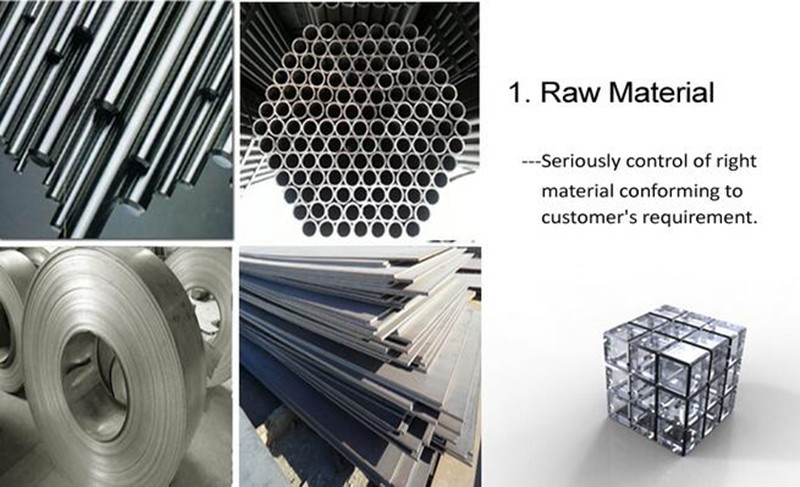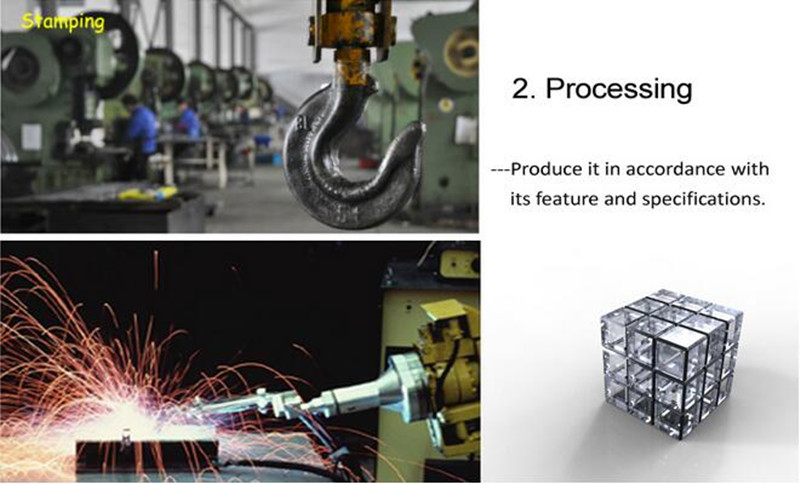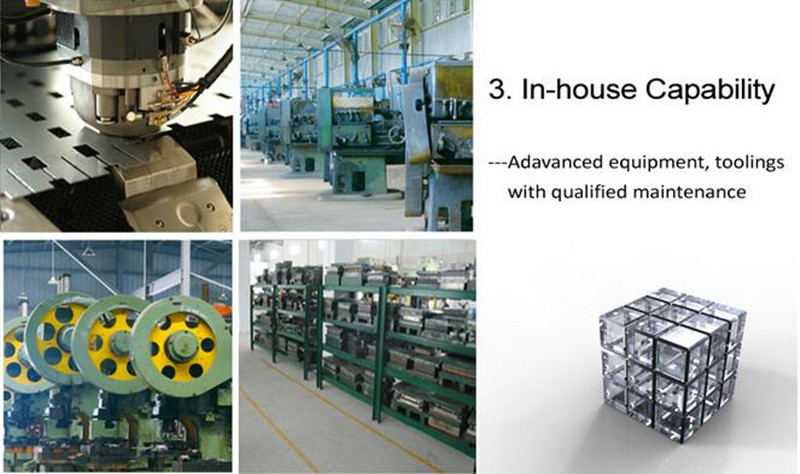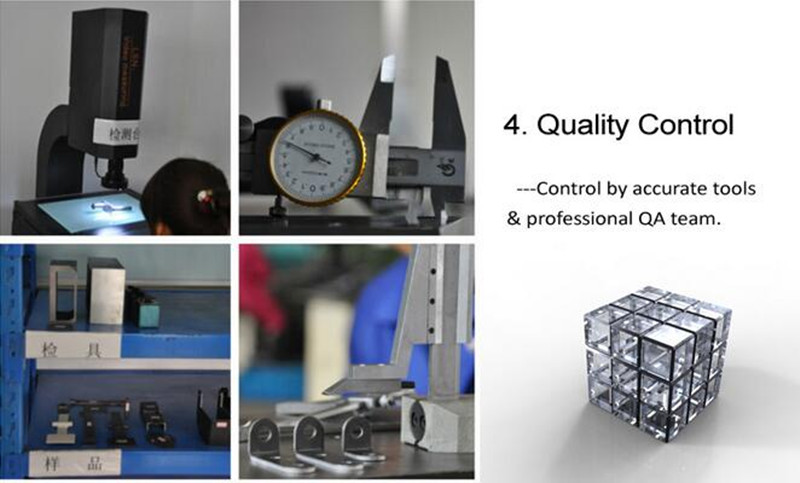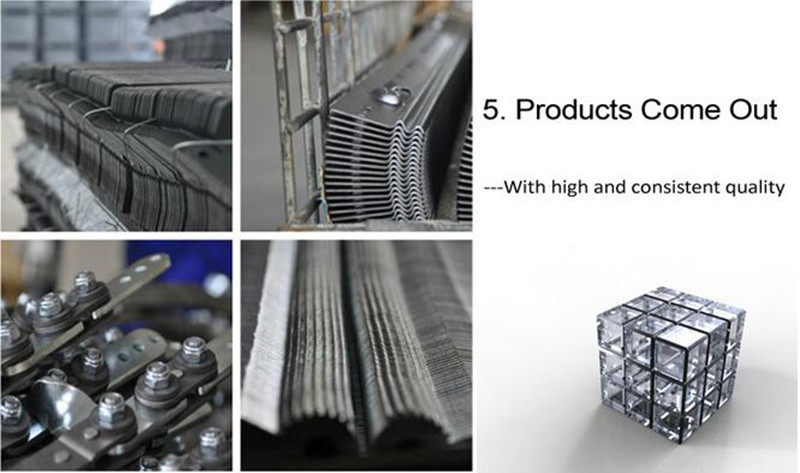Currently, methods used provide copper from copper sulfide ores mainly pyrometallurgical, particularly in major sulphide minerals as chalcopyrite mineral composition using conventional smelt process remains the most reasonable choice. However, pyrometallurgical copper has strict requirements on the grade and impurity content of copper concentrates, and copper concentrates with low grade or unqualified impurities cannot be treated separately. At the same time, the law has many shortcomings such as large investment, high cost and serious pollution, making it difficult to promote and apply. Thus, we developed an efficient, environmentally friendly, and is capable of recovering integrated hydrometallurgical process elements copper, silver and gold, sulfur and other important practical significance. In view of the special properties of the ore, this study used a low-temperature low-pressure leaching of copper, extraction of copper extraction, recovery of sulfur from copper slag and extraction of gold and silver from the comprehensive recovery of gold, silver, copper and elemental sulfur hydrometallurgical process. Compared with the traditional copper smelting process, the process does not need to roast the sulphide ore, which not only overcomes the pollution, but also eliminates the roasting operation and the acid production project, and has a high comprehensive recovery rate of gold, silver, copper and sulfur. Significant economic benefits. First, the nature of the sample Ore identification results showed the presence of gold forming the main chalcopyrite, pyrrhotite, bismuth sulfate, also part of the gold in the form of microscopic gold seq presence of various types of metal forming minerals belonging refractory gold polymetallic ore. Table 1 Chemical multi-element analysis showed that the gold mine, the higher the content of silver and copper, should be recovered as valuable metals; mine-like high sulfur content and low magnesium, calcium, typical acidic ore. Table 1 Multi-element chemical analysis results of mineral samples (mass fraction) /% Au 1 ) Ag 1 ) Cu TFe Fe(II) S SiO 2 Al 2 O 3 MgO CaO 46.25 85.69 13.68 28.16 11.74 26.33 15.70 6.05 0.74 0.38 Na 2 O K 2 O TiO 2 Zn As Sb Ni Mn Pb LOSS 0.38 0.77 0.30 0.13 0.10 0.06 0.02 0.02 0.01 16.33 1) The unit is g/t. Second, the experiment (1) Basic principles Controlling certain temperatures and pressures, metal-bearing minerals such as chalcopyrite (CuFeS 2 ) and pyrite (FeS 2 ) can be oxidized, and base metals such as copper and iron can be dissolved in sulfuric acid solution. The specific distribution of the main elements in the mineral in the leachate and copper leaching slag is as follows: copper is basically present in the leaching solution with copper sulphate. The copper in the slag is controlled as little as possible and exists as chalcopyrite, thus ensuring the next step of gold and silver cyanide. The leaching proceeds smoothly; most of the sulfur is oxidized to elemental sulfur (S 0 ) in the slag or in the form of pyrite in the slag without oxidation, a small amount is oxidized to sulfuric acid; a small amount of iron is divalent or trivalent Iron ions are present in the leachate and are mostly present in the slag in the form of Fe 2 O 3 or pyrite. The main chemical reactions are as follows: CuFeS 2 +2H 2 SO 4 +O 2 ==CuSO 4 +FeSO 4 +2H 2 O+2S O FeS 2 +H 2 S0 4 +0.5O 2 ==FeS0 4 +2S O +H 2 O 4FeSO 4 +2H 2 S0 4 +O 2 ==2Fe 2 (SO 4 ) 3 +2H 2 O Fe 2 (SO 4 ) 3 +3H 2 O== Fe 2 O 3 +3H 2 S0 4 (Ii) Test Method The hot press leaching was carried out in a FCH type 2 L stirred lining titanium autoclave. The ore sample and the leaching agent are first slurried in a beaker according to a certain liquid-solid ratio, then poured into an autoclave and sealed, a part of oxygen is introduced, and the temperature is raised while stirring, and the oxygen is replenished when the temperature rises to the required temperature. To a certain partial pressure of oxygen and timed, after the reaction is completed, the water is cooled and cooled. After the solid slurry is separated, the slag sample is dried and sent to the test together with the liquid sample. Third, the results and discussion (1) Hot pressing leaching test The flotation copper-gold concentrate of a mine in Jilin is a copper-gold mixed concentrate with high copper content. Under normal temperature and normal pressure, the ore sample is directly acidified and immersed in copper. When the concentration of sulfuric acid is 110g/L, the leaching rate of copper is about Only 12%. Direct ore cyanide, even if the amount of sodium cyanide is as high as 20kg / t, the cyanidation leaching rate of gold and silver is only 56.32% and 8.65%. The hot pressing pre-oxidation process is mainly to destroy the carrier mineral structure of gold and silver, and leaching copper in the chalcopyrite in liquid phase, which is beneficial to the subsequent extraction of copper, cyanide extraction of gold and silver and solvent recovery of elemental sulfur. The hot-press leaching test examined the effects of ore sample size, oxygen partial pressure, initial acidity, initial NaC1 concentration, leaching time and leaching temperature on copper and iron leaching rates. Test fixed conditions: ore sample size -0.044mm90%, liquid to solid ratio 5:1, start 1. Effect of ore sample size on leaching rate of copper and iron Figure 1 shows the effect of the size of the ore sample on the leaching rate of copper and iron. It can be seen from Figure 1 that the particle size of the ore sample has a great influence on the copper leaching rate. The particle size is reduced and the copper leaching rate is significantly increased. The effect of particle size on iron leaching rate is relatively small. Therefore, the finer the ore sample, the more favorable the leaching of copper. Taking into account the cost factor, the ore sample size -0.044mm (-325 mesh) is 90% optimal. 2. Effect of partial pressure of oxygen on leaching rate of copper and iron Figure 2 shows the effect of partial pressure of oxygen on the leaching rate of copper and iron. Figure 2 shows that when the partial pressure of oxygen is low (<0.45 MPa), the leaching rate of copper increases significantly with the increase of oxygen partial pressure. The reason is that the leaching of sulfide ore in the high pressure reactor involves a solid, liquid and gas three-phase system. If the oxidation of the sulfide ore is to be accelerated, the solubility of oxygen in the liquid phase is increased. When the partial pressure of oxygen is 0.45 MPa, the oxygen supply of the reaction is sufficient. At this time, the kinetics of the oxidation reaction is changed from diffusion control to chemical reaction control, and then increasing the partial pressure of oxygen has little effect on the leaching rate of copper; The leaching rate has a minimum value near the oxygen partial pressure of 0.45 MPa. Considering that the solubility of iron in the solution is too high, the extraction of the subsequent copper is unfavorable, so the optimum partial pressure of oxygen is selected to be 0.45 MPa. 3. Effect of initial acidity on leaching rate of copper and iron Figure 3 shows the effect of initial acidity on the leaching rate of copper and iron. It can be seen from Fig. 3 that the leaching rate of iron increases remarkably with the increase of acidity, but the leaching rate of copper increases slowly. This is because at low acidity, ferric iron is easily hydrolyzed and precipitated in the slag in the form of Fe 2 O 3 or the like; in the case of high acidity, iron is dissolved in the solution in the form of FeSO 4 . Therefore, increasing the acidity, although increasing the leaching rate of copper, increases the leaching rate of iron faster. In addition, the acidity is too high, the requirements on the material of the equipment are increased, and the acidity of the filtrate is also increased accordingly, which is also disadvantageous for the subsequent extraction of copper. Considering the above factors, the initial acidity is selected to be about 90g/L. 4. Effect of initial NaC1 concentration on leaching rate of copper and iron Figure 4 is a graph showing the effect of initial NaC1 concentration on the leaching rate of copper and iron. Figure 4 shows that as the chloride ion concentration increases, the leaching rate of copper increases and the leaching rate of iron decreases. Chloride ions facilitate the hydrolysis of ferric iron, thereby reducing the leaching rate of iron. At the same time, the hydrolysis of iron increases the concentration of sulfuric acid in the solution, which contributes to the further dissolution of the chalcopyrite, thereby increasing the leaching rate of copper. However, increasing the salt concentration requires a corresponding increase in the material requirements of the equipment, so the initial concentration of NaCl is selected to be 20 g/L. 5. Effect of leaching time on leaching rate The effect of leaching time on leaching rate is shown in Figure 5. Figure 5 shows that the leaching rate of copper has reached a higher value at a leaching time of 2.5 h; increasing the leaching time has little effect on the leaching rate of copper and gold and silver. However, if the leaching time is too long, the investment cost and operating cost will increase. 6. Effect of leaching temperature on leaching rate of copper and iron Figure 6 is a graph showing the effect of leaching temperature on the leaching rate of copper and iron. As can be seen from Fig. 6, as the temperature increases, the leaching rate of copper increases. When the leaching temperature is low (90 ~ 100 ° C), the copper leaching rate is lower, when the temperature is increased to l1O ° C, the copper leaching rate can reach more than 90%. This is because raising the temperature can speed up the reaction, shorten the leaching time, and increase the leaching rate in the same reaction time. Due to the complexity of the leaching process, the optimum temperature for leaching can only be determined experimentally. When the temperature rises from 90 to 120 °C, the iron leaching rate does not change much; when it exceeds 120 °C, the iron leaching rate increases rapidly. At the same time, elemental sulfur tends to melt and agglomerate, thereby hindering the further progress of the reaction. Keeping the leaching temperature at about 110-115 °C can maintain a high copper leaching rate and a low iron leaching rate, and can increase the reaction speed and increase the processing capacity per unit time. (2) Extraction of copper In order to make the raffinate well maintain the concentration of H 2 SO 4 and NaCl, and reduce the consumption of H 2 SO 4 and NaCl in the hot-press leaching system in the closed circuit, the copper extraction test was directly carried out by using the leaching solution. After the condition test, the extraction process was determined as follows: three-stage extraction, two-stage stripping, first-stage washing, the extracting agent was Lix984N, the concentration was 20%, compared with O/A of 2/1, the mixing time was 3 min, and the washing liquid was used. An aqueous solution having a sulfuric acid concentration of 5 g/L. At this time, the extraction rate is above 96.5%, and the concentration of H 2 SO 4 and NaCl in the raffinate can be well maintained to meet the requirements of recycling of the hot pressing system. (3) Gold and silver cyanide leaching Copper slag leaching of Ag, Cu of higher grade (63.2g / t, 0.57%) , suitable for all slime zinc cyanide powder replacement process. The copper slag is directly cyanated by carbon slurry. Even if the amount of sodium cyanide is 20 kg/t, the leaching rate of gold is only about 80%. The solubility of copper ions in the cyanide residue can be analyzed and can reach 0.8-1.5 g/L. It is indicated that soluble copper cyanide complex ions are formed during the reaction. In order to increase the cyanide leaching rate of gold and silver and reduce the amount of sodium cyanide, the ammonia cyanide method is used. The ammonia cyanide method is characterized by leaching with a NH 3 -CN-mixing solvent, which can increase the leaching rate of gold and reduce the consumption of sodium cyanide. Through the condition test, the cyanidation conditions were determined as follows: the slurry concentration was 40%, the NaCN dosage was 8.0 kg/t, the NH 4 HCO 3 dosage was 75 kg/t, and the cyanidation time was 16 h. At this time, the leaching rates of gold, silver, and copper were 98.3%, 82.7%, and 98.1%, respectively. At this time, the leaching rates of gold and silver were 98.3% and 82.7%, respectively. (4) Recovery of sulfur After hot-pressure acid leaching, the copper slag contains a large amount of elemental sulfur (10.83%). While recovering gold, silver and copper, the recovery technology of sulfur can not only make full use of sulfur resources, but also reduce the consumption of sodium cyanide. . After comprehensive comparison of various flotation processes, chemical, thermal filtration and dissolved in a solvent method, use of coal and finally determining the elemental sulfur is recovered oil was dissolved copper slag leaching. After two stages of kerosene dissolution, the recovery rate of elemental sulfur can reach 99.2%, and the purity of sulfur obtained can reach over 97%. After the desulfurization slag is washed and dried, cyanidation is carried out. Under the premise of ensuring the recovery rate of gold and silver, the amount of sodium cyanide can be further reduced to 5 kg/t. Fourth, the conclusion The low-temperature hot-press immersion copper process has low material requirements, low investment, simple operation flow, and can effectively recover gold, silver and copper in combination with the traditional extraction-electrowinning process and the whole mud cyanidation process. The use of kerosene to recover elemental sulfur has high recovery rate, high sulfur purity, kerosene can be reused, low recovery cost, and can reduce the subsequent consumption of sodium cyanide, which has high economic value. Therefore, the copper-bearing gold concentrate is hot-pressed copper, the kerosene recovers sulfur, and the cyanidation leaches gold and silver. The process is feasible. The comprehensive recovery rate of gold, silver, copper and sulfur is high, the investment is saved, and the effect is quick. It is directly produced for small and medium-sized mines. Copper and gold and silver provide a viable new process with broad industrial application prospects.
Stamping includes a variety of sheet-metal forming manufacturing processes, such as punching using a machine press
or stamping press, blanking, embossing, bending, flanging, and coining.This could be a single stage operation where
every stroke of the press produce the desired form on the sheet metal part, or could occur through a series of stages.
The process is usually carried out on sheet metal, but can also be used on other materials, such as polystyrene.
1. Material: Aluminium6061/6063/7075/5052 etc,
Stainless steel303/304/400/316, SteelQ235,20#,45#etc,
Beryllium bronze copper.
2.Process: CNC turning,CNC milling, CNC grinding;CNC lathe machining, CNC boring;CNC drilling, surface treatment
3.Surface treatment:Hardness anodizing black/clear, steel oxidizing dark-blue, electro-polishing, electroless nickel plating, silver plating, golden plating etc
4.Maine equipment :Machining center, CNC, Lathe, Turning machine, Milling machine, Drilling machine, Internal and external grinding machine, Cylindrical grinding machine, Tapping drilling machine, Wire cutting machine etc.
Stamping Parts,Metal Stamping Part,Metal Stamping Parts,Sheet Metal Stamping Parts Hebei Mingda International Trading Co.,Ltd , https://www.amazingcastings.com![]() (H 2 SO 4 )=91.5g/L, starting
(H 2 SO 4 )=91.5g/L, starting ![]() (NaC1) = 20 g/L, oxygen partial pressure 0.60 MPa, leaching temperature 110 ° C, leaching time 3 h, stirring speed 750 r / min.
(NaC1) = 20 g/L, oxygen partial pressure 0.60 MPa, leaching temperature 110 ° C, leaching time 3 h, stirring speed 750 r / min. 





Brass:C36000(C26800), C37700(HPb59), C38500(HPb58),C27200(CuZn37),C28000(CuZn40) etc,Copper;
